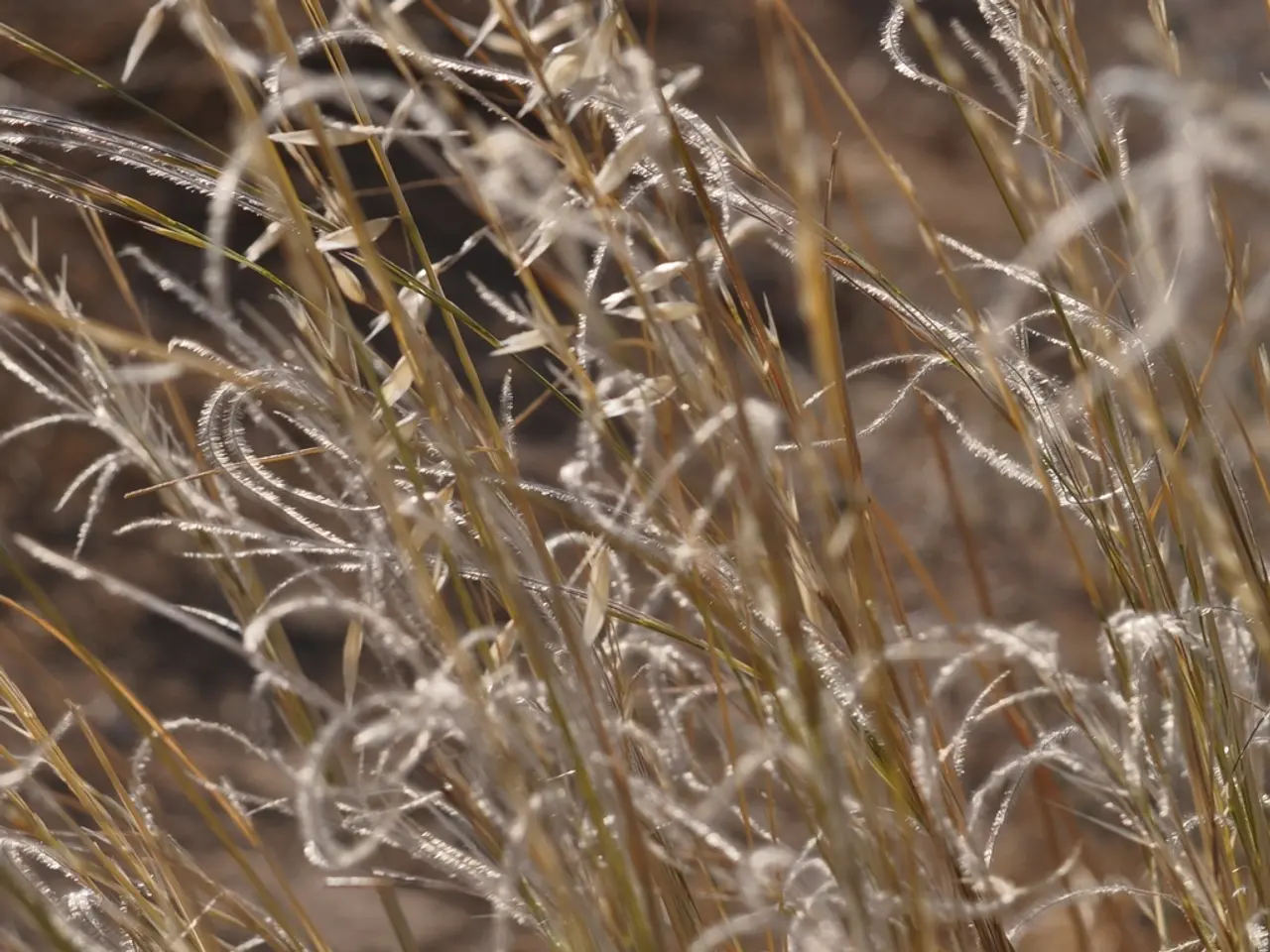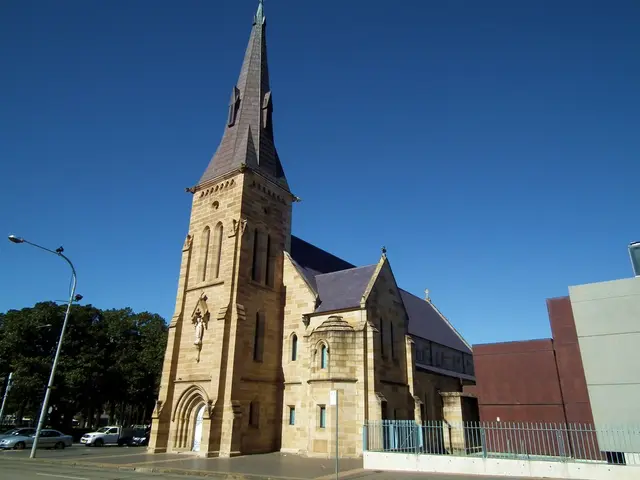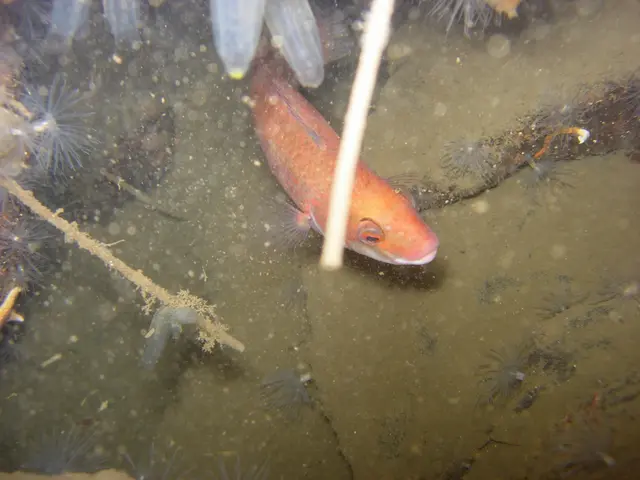Unraveling the Mystery of Durva: A Detailed Analysis to Recognize the Holy Grass
Durva grass, scientifically known as Cynodon dactylon, is a creeping and mat-forming grass that can be found in a variety of environments. This versatile grass is known for its resilience, thriving in conditions from full sun to partial shade and from dry to moist soils.
In traditional medicine, durva grass is believed to possess medicinal properties, such as diuretic effects and antiseptic properties for skin ailments. In religious settings, it is grown in specific areas or pots, and accurate identification is crucial for its intended use in rituals.
Once planted, durva grass requires regular watering, particularly during the initial establishment phase, and periodic fertilizing for healthy growth and a vibrant green color. It is primarily propagated vegetatively through its stolons and rhizomes, although seed propagation is possible, albeit less common.
Durva grass can be distinguished from some look-alikes by examining its leaf width, stolon thickness, and inflorescence structure. It has short, flat, blue-green leaves typically 2 to 15 cm long and 2 to 4 mm wide. The inflorescence consists of 3 to 7 slender, finger-like spikes radiating from a central point.
In pastures and open fields, durva grass can be observed more freely, revealing its extensive network of rhizomes and stolons, whorled seed heads, and spreading habit. In lawns and turf, it is often mowed regularly, making it difficult to observe its flowering patterns and growth habit. Examining the grass closely at the edges of the lawn or in areas that are less frequently mowed can help with identification.
St. Augustine grass, Bermuda grass, centipede grass, and Kikuyu grass are all related species, but they can be distinguished from durva by their unique characteristics. For instance, St. Augustine grass has broader leaves and thicker stolons, Bermuda grass is coarser in texture and has a different growth habit, centipede grass is lighter green and slower-growing, and Kikuyu grass has broader, coarser leaves and thicker stolons.
Correct identification of durva grass is crucial for various reasons, including its proper utilization in religious ceremonies, effective lawn management, and differentiating it from other, potentially undesirable grasses. Regular mowing is essential to maintain a neat and uniform appearance, and managing weeds and controlling pests can prevent competition and maintain the health of the durva grass lawn.
In summary, durva grass is a versatile and resilient grass that can be found in various environments. Its identification is crucial for its proper use in traditional medicine, religious ceremonies, and lawn management. With regular care and attention, durva grass can form a robust ground cover, adding beauty and functionality to any space.
Read also:
- Peptide YY (PYY): Exploring its Role in Appetite Suppression, Intestinal Health, and Cognitive Links
- Toddler Health: Rotavirus Signs, Origins, and Potential Complications
- Digestive issues and heart discomfort: Root causes and associated health conditions
- House Infernos: Deadly Hazards Surpassing the Flames





